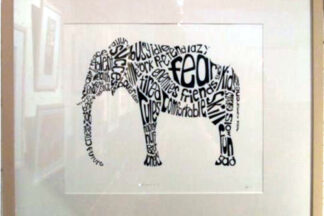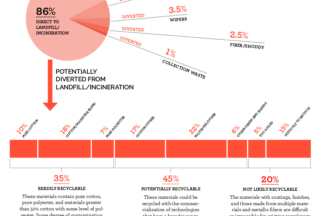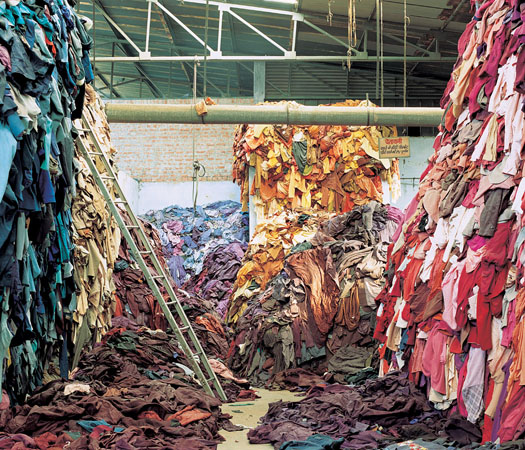It’s that time of the year again when plans and aspirations are big, time capacity is scarce, budgets already set – and the old routine is just about to take over again.
It is also the time of the year where there is that untypical window of opportunity. THE window of opportunity one could argue: introduce a small change. Small enough not to be overly tough to uphold. But big enough that, if repeated times and over again, at the very least 365 times a year, starts to make a difference.
The journey starts with the first step. Here a few ideas.
It is quite astonishing: all the different contexts that the term ‘circularity’ or ‘circular economy’ is being used. They key point mostly is of course the waste reduction promises inherent in the term, and the subsequent lower dependency on finite resources.
But, in addition to reducing waste, carbon – or rather carbon footprint – is a key factor.
Unfortunately, the reality is sobering: taking fashion as example, at best between 3% and 6% of the industry's carbon footprint could be remedied that way.
And even worse: in order to realise the potential, three fundamental hurdles must be addressed. Some efforts are underway, of course, but a steep hill remains to climb.
Global Goals are called ‘global’ for a reason: they apply to everyone, everything. Every business, every government, every church, charity … In case there was any doubt about it: The Sustainable Development Goals and Paris Climate Agreement are global goals. In fact, probably the Global Goals par excellence. Yet, while organisations of all different types and characteristics are making progress in translating those to their different contexts, environments, business models etc. the same does not hold true when it comes to individuals. Beyond a few platitudes. A few arbitrary and personal musings on the role of the individual in achieving the goals.
The world, by and large, operates based on land-filling. The only way to improve the situation any time soon is: not to landfill. At all. Or at least as little as possible, and that asap.
To that extent, 2 reports on textiles the circular economy have been published, both of which look at the issue from different, and complementary perspectives.
What is it that we can learn from these 2 reports, side by side?
One, the old adage could not be any truer: One Man’s Rubbish is another Man’s Treasure. And: True cost accounting would make a huge difference.
The effect of plastics in our oceans has been repeatedly hit in the news over the last few years.
A hazard in two forms: as a plastic in totality; or as a microfiber/micro particle, which also carries chemistry (pollution) into the environment, from the product they started life as. Research to date shows that this pollution cannot be exhaustively blocked through wastewater treatment plants, consequently micro particles are ending up in our global waterways.
C&A, part of the Cofra Holding that owns C&A Europe, Brazil, Mexico and China, has been a family business since 1841.
The company is quite conservative in communicating corporate responsibility achievements. Their style of communication appears to be more emotional than factual.
The company has been awarded the Textile Exchange Future Shaper award in 2012 recognising the company’s commitment to promoting the analysis and certification of organic cotton and textiles.
ntil the late 80s, fashion retailers and brands would typically have two main collections a year: spring/summer and autumn/winter. Then, in the 90s things changed dramatically. Increased competition saw retailers incentivising customers to visit their stores more frequently.
The 'Everything must go' exhibition, that took place from January 20 to 22, 2012, introduced the wider public to the details of the global value chain for discarded clothing. Drawing from the results of 5 years of research, the numbers and facts are staggering, and intriguing at the same time.






